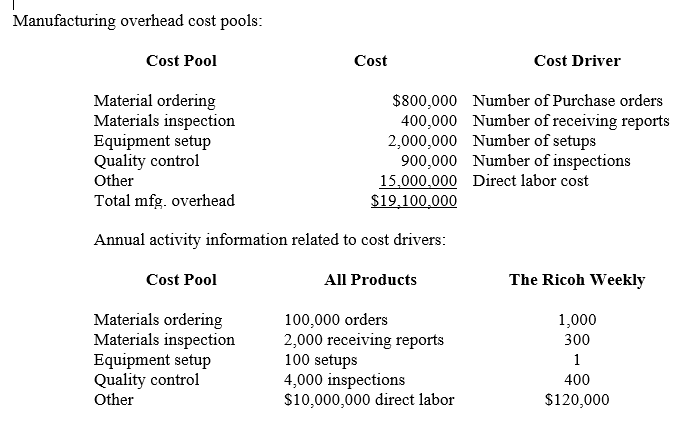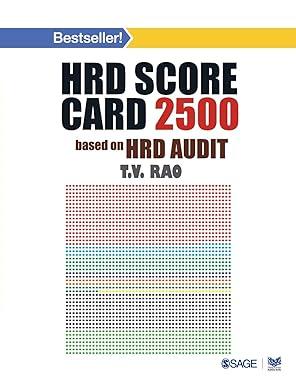Question
EXERCISE # 3 (3 points) Cales Instrumentation manufactures a variety of electronic instruments that are used in military and civilian applications. Sales to the military
EXERCISE # 3
(3 points)
Cales Instrumentation manufactures a variety of electronic instruments that are used in military and civilian applications. Sales to the military are generally on a cost-plus profit basis with profit equal to 10 percent of cost. Instruments used in military applications require more direct labor time because fail-safe devices must be installed. (These devices are generally omitted in civilian applications.)
At the start of the year, Cales estimates that the company will incur $50,000,000 of overhead, $5,000,000 of direct labor, and 500,000 machine hours. Consider the Model KV10 gauge that is produced for both civilian and military uses:
|
| Civilian | Military |
| Direct material | $2,000 | $2,500 |
| Direct labor | $600 | $900 |
| Machine hours | 80 | 80 |
Required:
a. Calculate the cost of civilian and military versions of Model KV10 using both direct labor dollars and machine hours as alternative allocation bases.
b. Explain why Cales Instruments may decide to use direct labor as an overhead allocation base.
c. Is it ethical for Cales to select an allocation base that tends to allocate more of overhead costs to government contracts? Explain.
EXERCISE #4
(3 points)
Ricoh Printing Company is the publisher for many of the local newspapers and magazines. They publish nine periodicals and several other types of literature, including handouts and pamphlets. They have recently adopted an activity-based costing system to assign manufacturing overhead to products. The following data relate to one of their products, The Rich Weekly, and the ABC cost pools:
| The Ricoh Weekly: |
|
| Annual production | 20,000 units |
| Direct material per unit | $31 |
| Direct labor per unit | $6 |

a. Calculate the overhead rate per unit of activity for each of the five cost pools.
b. Calculate the total overhead assigned to the production of The Ricoh Weekly.
c. Calculate the overhead cost per unit for The Ricoh Weekly.
d. Calculate the total unit cost for The Ricoh Weekly.
e. Suppose that Ricoh Printing allocates overhead by a traditional production volume-based method using direct labor dollars as the allocation base and one cost pool. Determine the overhead rate per direct labor dollar and the per unit overhead assigned to The Ricoh Weekly. Discuss the difference in cost allocations between the traditional method and the activity-based costing approach.
Manufacturing overhead cost pools Cost Driver Cost Pool Cost Material ordering $800,000 Number of Purchase orders Materials inspection 400,000 Number of receiving reports Equipment setup 2,000,000 Number of setups 900,000 Number of inspections Quality control Other 15,000,000 Direct labor cost Total mfg. overhead $19.100.000 Annual activity information related to cost drivers: Cost Pool The Ricoh Weekly All Products Materials ordering 100,000 orders. 1,000 2,000 receiving reports Materials inspection 300 Equipment setup 100 setups 400 Quality control 4,000 inspections $10,000,000 direct labor Other $120,000Step by Step Solution
There are 3 Steps involved in it
Step: 1

Get Instant Access to Expert-Tailored Solutions
See step-by-step solutions with expert insights and AI powered tools for academic success
Step: 2

Step: 3

Ace Your Homework with AI
Get the answers you need in no time with our AI-driven, step-by-step assistance
Get Started


